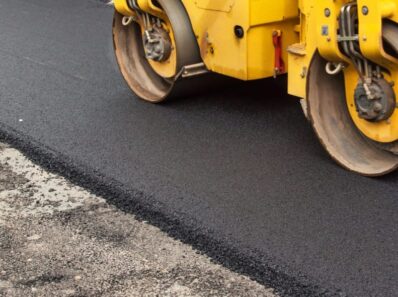In the realm of modern agriculture, precision and efficiency are key factors in ensuring sustainable practices and maximizing output. One technology that has revolutionized the way farmers map and manage their land is farm mapping. This advanced form of aerial surveying has become essential for eco-friendly agriculture, as it provides farmers with detailed and accurate information about their land, leading to more effective decision-making and resource management.
Precision Agriculture and Lidar Mapping
Precision agriculture, also known as precision farming, involves the use of technology to monitor and manage crop production and environmental factors. By implementing UAV lidar mapping, farmers can obtain high-resolution 3D maps of their fields, allowing them to identify variations in topography, soil composition, and drainage. This level of detail enables them to tailor their farming practices to specific areas within their land, optimizing resource allocation and minimizing waste.
Resource Management and Efficiency
The ability to accurately map a farm’s terrain and resources is integral to achieving sustainable agricultural practices. With that technology, farmers can precisely pinpoint areas of the land that require specific interventions, such as irrigation, fertilization, or pest control. By applying resources only where they are needed, farmers can reduce excessive use of water, fertilizer, and pesticides, leading to cost savings and environmental benefits.
Environmental Impact and Conservation
Sustainable agriculture goes hand in hand with environmental stewardship. UAV mapping aids in creating conservation plans by identifying areas prone to erosion, nutrient loss, or water runoff. With this insight, farmers can implement targeted solutions to reduce environmental impact, such as planting cover crops, establishing buffer zones, or implementing terracing. By mitigating these risks, farmers can uphold soil health and water quality, contributing to the overall sustainability of their operations.
Decision-Making and Long-Term Planning
With the wealth of information obtained through mapping, farmers can make informed decisions for long-term planning and investment. By understanding their land’s characteristics in detail, farmers can strategize for crop rotation, infrastructure development, or expansion in a way that optimizes productivity while minimizing negative effects on the environment.
Conclusion
In conclusion, farm mapping has become an indispensable tool for promoting sustainable agriculture. By empowering farmers with detailed insights into their land, this technology significantly enhances precision, efficiency, and environmental consciousness in farming practices. With the capacity to streamline resource management and foster informed decision-making, it is essential for shaping the future of endurable agriculture. When embracing its potential, farmers are positioning themselves at the forefront, driving positive change for the environment and the industry as a whole.


